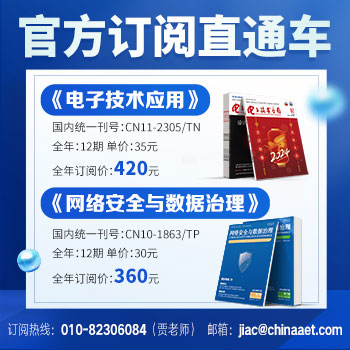使用Cadence AI技术加速验证效率提升
电子技术应用
徐加山1,姚舒雨1,徐志磊2
1.深圳市中兴微电子技术有限公司;2.上海楷登电子科技有限公司
摘要: 随着硬件设计规模和复杂程度的不断增加,验证收敛的挑战难度不断增大,单纯依靠增加 CPU 核数量并行测试的方法治标不治本。如何在投片前做到验证关键指标收敛,是验证工程师面对的难题。为解决这一难题,提出了采用人工智能驱动的验证EDA工具和生成式大模型两种提效方案,其中EDA工具有Cadence利用人工智能驱动的Verisium apps和采用机器学习技术Xcelium ML,前者用来提升验证故障定位效率,包括Verisium AutoTriage、Verisium SemanticDiff、Verisium WaveMiner等,后者可用来提升验证覆盖率收敛效率。生成式大模型可辅助智能debug和自动生成验证用例,主要介绍各实现方案,并给出了项目实验提升结果。
中图分类号:TN402 文献标志码:A DOI: 10.16157/j.issn.0258-7998.240803
中文引用格式: 徐加山,姚舒雨,徐志磊. 使用Cadence AI技术加速验证效率提升[J]. 电子技术应用,2024,50(8):32-36.
英文引用格式: Xu Jiashan,Yao Shuyu,Xu Zhilei. Accelerating verification efficiency with Cadence AI technology[J]. Application of Electronic Technique,2024,50(8):32-36.
中文引用格式: 徐加山,姚舒雨,徐志磊. 使用Cadence AI技术加速验证效率提升[J]. 电子技术应用,2024,50(8):32-36.
英文引用格式: Xu Jiashan,Yao Shuyu,Xu Zhilei. Accelerating verification efficiency with Cadence AI technology[J]. Application of Electronic Technique,2024,50(8):32-36.
Accelerating verification efficiency with Cadence AI technology
Xu Jiashan1,Yao Shuyu1,Xu Zhilei2
1.Shenzhen Sanechips Technology Co., Ltd., China;2.Cadence Design Systems, Inc.
Abstract: With the increasing scale and complexity of hardware design, the verification convergence challenge is becoming more difficult. Simply increasing the number of CPU cores to increase parallel testing cannot solve this problem fundamentally. How to achieve verification convergence before tape-out is a difficult problem that verification engineers have to face. To solve this problem, this article proposes two efficiency improvement solutions: AI-driven verification EDA tools and large-scale model generation. The EDA tools include Cadence's AI-driven Verisium apps and Xcelium ML using machine learning technology. The former is used to improve the fault location efficiency of verification, including Verisium AutoTriage, Verisium SemanticDiff, and Verisium WaveMiner. The latter can be used to improve the verification coverage convergence efficiency. Large-scale model generation can assist intelligent debugging and automatically generate verification cases. This article mainly introduces each implementation solution and gives the project experimental improvement results.
Key words : IC verification;AI;Verisium apps;efficiency improvement
引言
随着高性能和低延时等需求的增加,芯片设计复杂度越来越高,漏洞也越来越多,修复也变得愈加困难,IC验证工程师要在规定时间内完成所有功能验证工作变得日益艰巨。因此对能加速验证工作的工具需求也日益迫切。引入新的工具和基于人工智能的方法,是可以提高验证效率的手段。一个完整的IC验证流程包含验证需求/策略制定、验证平台搭建、验证用例编写、仿真执行、debug调试、覆盖率收敛、验证报告生成等阶段。其中EDA工具在debug调试和覆盖率收敛提效方面推出了解决方案。Verisium(人工智能驱动的验证平台)就是利用大数据提高验证效率,主要体现在debug调试方面,它能实现以下功能:对存在相同错误而导致失败的测试进行自动分组,帮助验证工程师在正确与错误测试中更方便地比较并找到错误点,以及在编辑工具上固定某个标签并分析仿真日志和代码签入之间的关系。Xcelium ML(Machine Learning)采用机器学习技术可实现功能覆盖率快速收敛,大大提高验证仿真效率,同时有效节省服务器计算资源。另外随着人工智能的发展,本文也探索了生成式大模型对debug调试及用例编写等方面解决方案。
本文详细内容请下载:
http://www.chinaaet.com/resource/share/2000006118
作者信息:
徐加山1,姚舒雨1,徐志磊2
(1.深圳市中兴微电子技术有限公司,江苏 南京 210012;
2.上海楷登电子科技有限公司, 上海200120)

此内容为AET网站原创,未经授权禁止转载。

